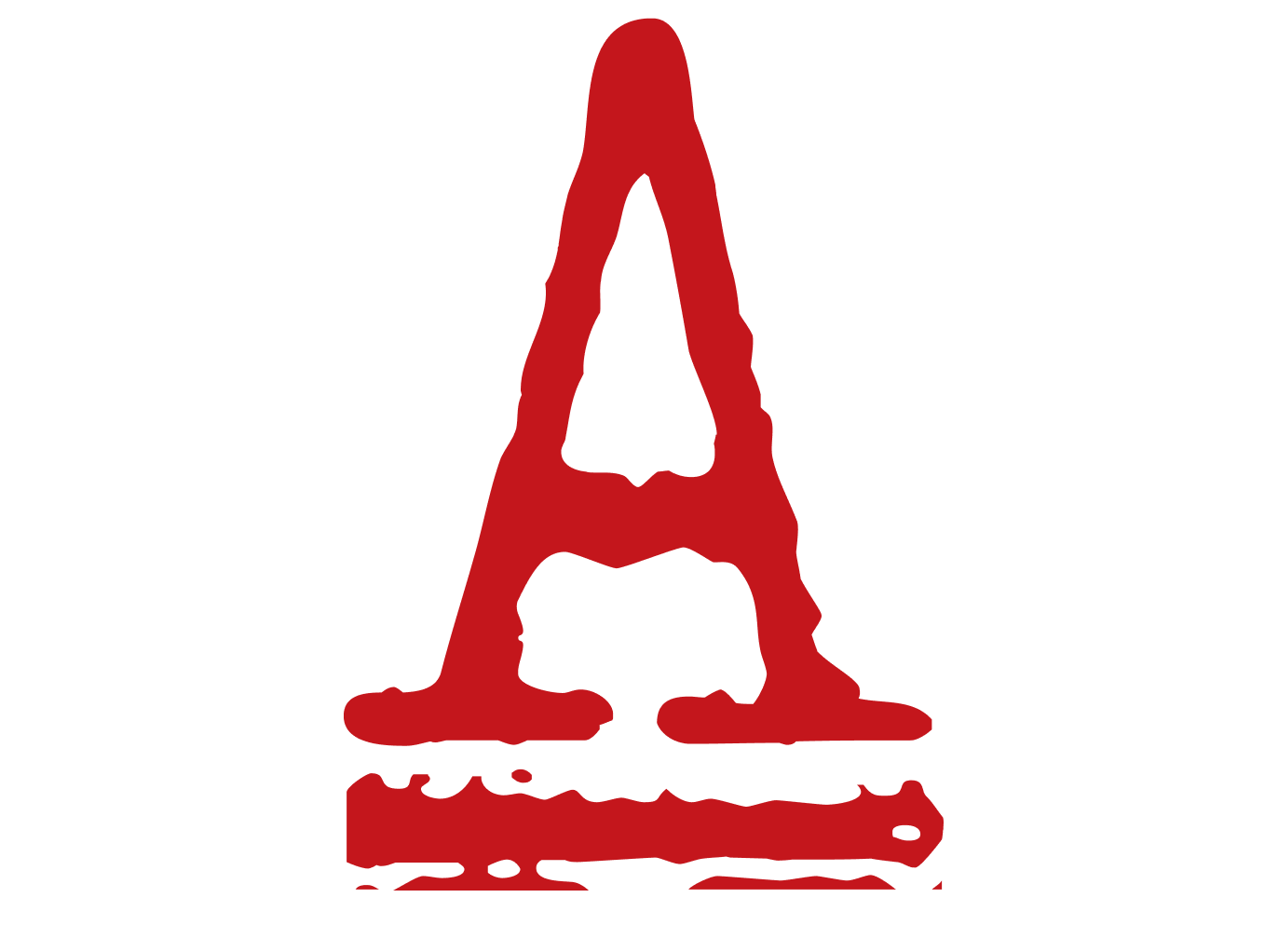By Reyko Huang
How San Francisco’s free rides system can help us understand anarchist theory and the work of the late, great James C Scott
n the summer of 1999, with nowhere to go between my second and third year in college, I decided to stay with my sister who was living with a couple of roommates in an apartment in Berkeley, California. Soon, I was fortunate to land a summer internship at the San Francisco office of Amnesty International, then located just across the bay in the city’s downtown.
The internship was unpaid, and my student visa barred me from getting a paid job. To earn my keep – or, more modestly, my next lunch – I often went straight to the campus of the University of California, Berkeley after work to be a subject in psychology experiments. Labs would pay $15 in cash for filling out a survey, or $20 if they had to clamp down my fingers with electrical sensors before displaying images on a screen. I would have bought a ticket for the chance to see what labs at a vaunted university were doing behind secured doors, but instead they were paying me for it.
To get to San Francisco, I joined in the daily ritual of the commuting masses on BART (the Bay Area Rapid Transit system), the morning solemnity interspersed with outbursts of underground performances and conductor announcements. But a few weeks into my internship, I heard about an intriguing alternative to BART: the Berkeley carpool, a free ride.
This was before Google, so the only way to find out how carpooling worked was to show up. Here’s what I discovered: you walk to a designated spot – a quiet residential street in North Berkeley – during the regular morning commuting hour. There, you’d find a tidy line of people on the sidewalk, and alongside it a lineup of cars by the curb. There are no signs, no instructions. One by one, a person gets into a car at the front of the line and the car takes off; the line keeps moving as more people and cars replenish it at the back. Everything moves along swiftly. When it’s your turn, you get in the first car in line – no swapping spots, you get what you get – and greet the driver. There are two destination options, both in the heart of San Francisco, and you tell the driver which one you’re headed to.
Then it’s a 20-minute ride across the Bay Bridge, past Treasure Island and into San Francisco, with glimpses of the bay, the sky and the downtown. The genius of this system was that, while the rider got a free ride, the driver got reduced highway tolls and a faster ride into the city for taking in a passenger and using the express carpool lane during rush hour. It enabled a true win-win situation for the two parties, with an extra win for the environment, to the extent that it reduced the number of cars on the road. It worked beautifully.
There was an implicit norm, I soon learned: you did not make conversation with the driver, and the driver did not make conversation with you. Almost without exception, these rides were quiet ones, focused on getting from here to there. This served me just fine; I didn’t care much for small talk at 8 am, not before my morning coffee. Nevertheless, it was a constant source of wonderment that total strangers could reliably give me rides to work, only to be never seen again. There was a potential for a story to emerge if a pair decided to converse, but for me the rides were the story.
I’d play a mental game of luck: joining the line, I’d count the number of people in front of me, then count up to the car that would be my ride. Would this be my lucky day? The luckiest day – grant that I was 20 – was a ride in a sparkling Jaguar. The unluckiest I ever got was being covered in cat hair in a vehicle that was likely better off decommissioned, which was not so bad, all things considered.


